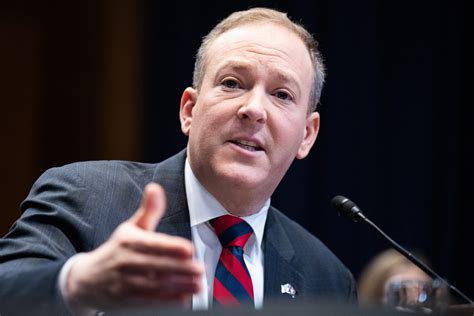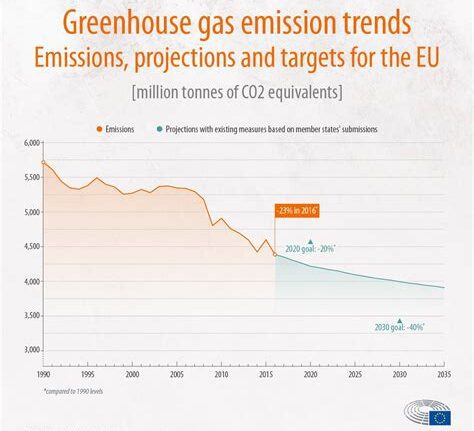In a surprising turn of events, the Trump administration has made headlines yet again with its decision to dismiss the entire staff responsible for overseeing the Low Income Home Energy Assistance Program (LIHEAP). This move has sent shockwaves through communities across the United States, particularly among those who rely on LIHEAP for assistance in paying their heating and cooling bills. The abrupt layoffs have left many wondering about the future of this crucial program that supports millions of low-income households during extreme weather conditions.
Understanding LIHEAP and Its Impact
LIHEAP, established by Congress in 1981, plays a vital role in assisting approximately 6.2 million Americans from various states, ranging from Maine to Texas. The program serves as a lifeline for individuals and families struggling to cope with high utility costs during harsh winters and scorching summers. By providing financial aid to offset energy expenses, LIHEAP helps prevent vulnerable populations from enduring freezing cold or sweltering heat due to an inability to pay their bills.
The Sudden Dismissal
The recent dismissal of all staff members overseeing LIHEAP has raised serious concerns about the continuity and effectiveness of the program. Mark Wolfe, executive director of the National Energy Assistance Directors Association, expressed shock over the mass layoff, stating, “They fired everybody, there’s nobody left to do anything.” With no designated personnel to manage day-to-day operations and distribution of funds, questions loom large regarding how low-income households will navigate upcoming seasons without essential support.
A Larger Agency Restructuring
The termination of LIHEAP staff is just one piece of a broader restructuring within the Department of Health and Human Services led by Health Secretary Robert F. Kennedy Jr., resulting in around 10,000 job cuts overall. While organizational changes are not uncommon in government agencies, critics worry that such drastic measures could have unintended consequences on critical programs like LIHEAP. The sudden upheaval poses challenges for stakeholders who depend on timely assistance from these initiatives.
Financial Implications and Climate Concerns
Congress had allocated $4.1 billion for LIHEAP in fiscal year 2025 before this unexpected shake-up occurred. A significant portion of these funds had already been disbursed to states earlier in the year to support households facing exorbitant heating costs. As summer approaches and air-conditioners kick into high gear across America, approximately $378 million remains available for cooling assistance—funds now at risk due to uncertainties stemming from the staff terminations.
Climate change adds another layer of complexity to this situation as heatwaves become more frequent and severe nationwide. Accessible resources like LIHEAP are essential for combating adverse climate effects by ensuring vulnerable populations can maintain safe living conditions during extreme weather events exacerbated by global warming.
As news outlets scramble to uncover details behind this unprecedented event affecting millions reliant on LIHEAP’s aid packages, communities brace themselves for potential disruptions ahead.









Leave feedback about this